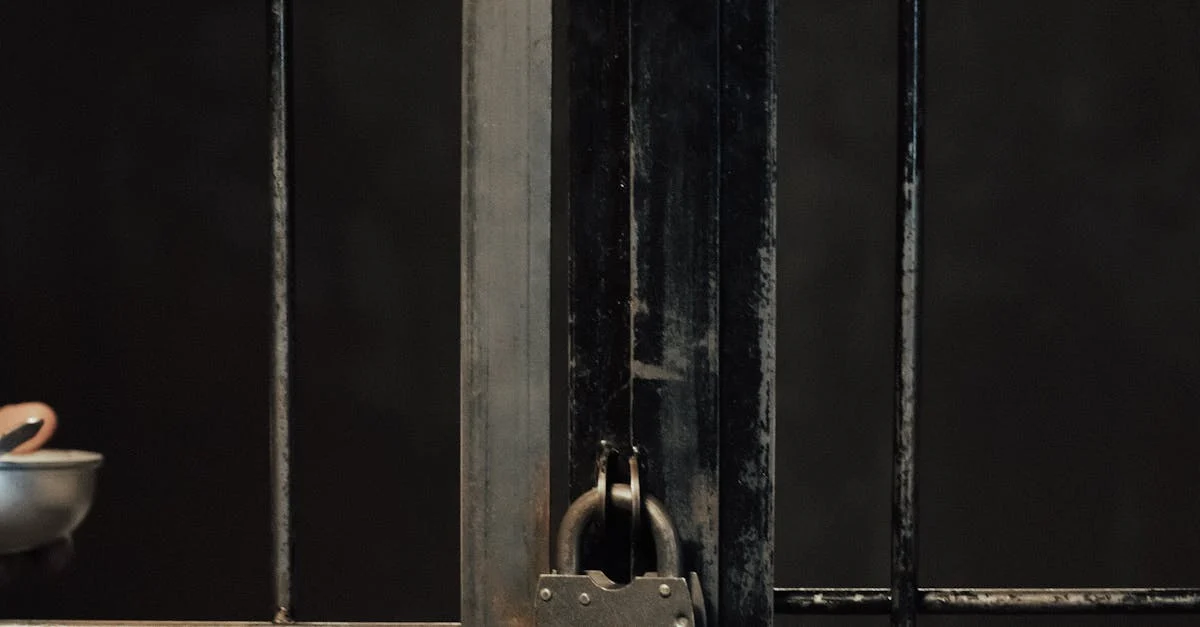When it comes to the correctional system, the movement of inmates from one facility to another can seem mysterious to those outside the system. However, there are several critical reasons why this occurs, each serving a specific purpose within the framework of maintaining safety, security, and rehabilitation. In this article, we will delve into the various factors that contribute to inmate transfers, providing insights that shed light on this often-overlooked aspect of the prison system.
| Reason for Transfer | Description |
|---|---|
| Overcrowding | To alleviate overcrowded conditions in one facility. |
| Security Concerns | To manage inmates who pose a security threat. |
| Medical Needs | To provide specialized medical care. |
| Behavioral Issues | To address disruptive behavior. |
| Rehabilitation Programs | To transfer inmates to facilities with better programs. |
| Judicial Orders | To comply with court orders or legal requirements. |
| Family Proximity | To place inmates closer to family support. |
Overcrowding
Overcrowding is one of the most prevalent reasons for inmate transfers. Many correctional facilities struggle with high populations, which can lead to unsafe conditions for both inmates and staff. When a facility reaches its capacity, authorities may decide to move inmates to other jails to ensure a more manageable population. This practice not only helps maintain order but also improves access to resources and services for the inmates.

Security Concerns
Security concerns are a critical factor in determining inmate transfers. If an inmate is deemed to pose a threat to others, either due to violent behavior or affiliations with gangs, they may be moved to a more secure facility. This action is taken to protect the safety of other inmates and the staff, ensuring that the prison environment remains secure and manageable.

Medical Needs
Inmates may also be transferred for medical reasons. Some facilities may not have the necessary healthcare resources to address specific medical conditions or needs. In such cases, inmates requiring specialized treatment, such as mental health care or chronic illness management, are often moved to facilities equipped to provide that level of care. This ensures that inmates receive appropriate medical attention during their incarceration.

Behavioral Issues
Behavioral issues can lead to inmate transfers as well. If an inmate exhibits disruptive or violent behavior that jeopardizes the safety and order of the facility, correctional authorities may decide to transfer them to a different institution. This transfer can serve as both a punishment and a strategy to help the inmate receive the appropriate interventions needed to address their behavior.

Rehabilitation Programs
Some inmates are transferred to facilities that offer better rehabilitation programs. These programs may include educational opportunities, vocational training, or therapy sessions designed to help inmates reintegrate into society upon their release. By moving inmates to facilities with more effective rehabilitation options, the correctional system aims to reduce recidivism and support successful reentry into the community.

Judicial Orders
Judicial orders can also necessitate inmate transfers. Courts may issue orders for an inmate to be moved for various legal reasons, such as a change of venue for a trial or the need for a different facility due to a legal stipulation. These transfers are generally mandated by legal proceedings and must be followed by correctional authorities.

Family Proximity
Finally, family proximity can play a role in inmate transfers. Correctional authorities may consider moving inmates closer to their families, especially if maintaining family connections is seen as beneficial for the inmate’s mental health and rehabilitation process. Family support can significantly impact an inmate’s outlook and behavior, making this a crucial factor in transfer decisions.

FAQ
What are the main reasons for inmate transfers?
Inmate transfers can occur due to overcrowding, security concerns, medical needs, behavioral issues, better rehabilitation programs, judicial orders, and family proximity.
How does overcrowding affect inmate transfers?
Overcrowding can lead to unsafe conditions within a facility, prompting authorities to transfer inmates to alleviate the population and ensure better access to resources.
Can inmates request to be transferred?
While inmates can express preferences or concerns regarding their placement, transfers are ultimately decided by correctional authorities based on various factors.
Are transfers permanent?
Transfers can be temporary or permanent, depending on the circumstances that led to the move and the needs of the inmate and the facility.
How do medical needs influence inmate transfers?
If an inmate requires specialized medical care that is not available at their current facility, they may be transferred to a hospital or a facility equipped to provide the necessary treatment.
For more information on inmate transfers and the correctional system, you can refer to trusted sources such as the [Federal Bureau of Prisons](https://www.bop.gov/) and [State Department of Corrections websites](https://www.nasccd.org/).




